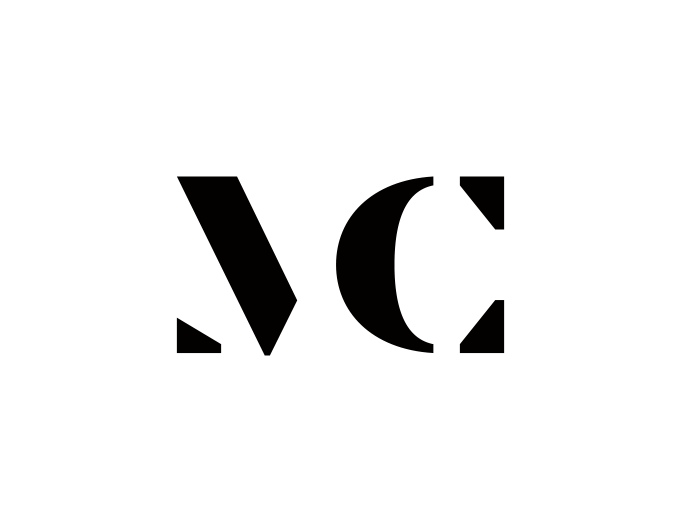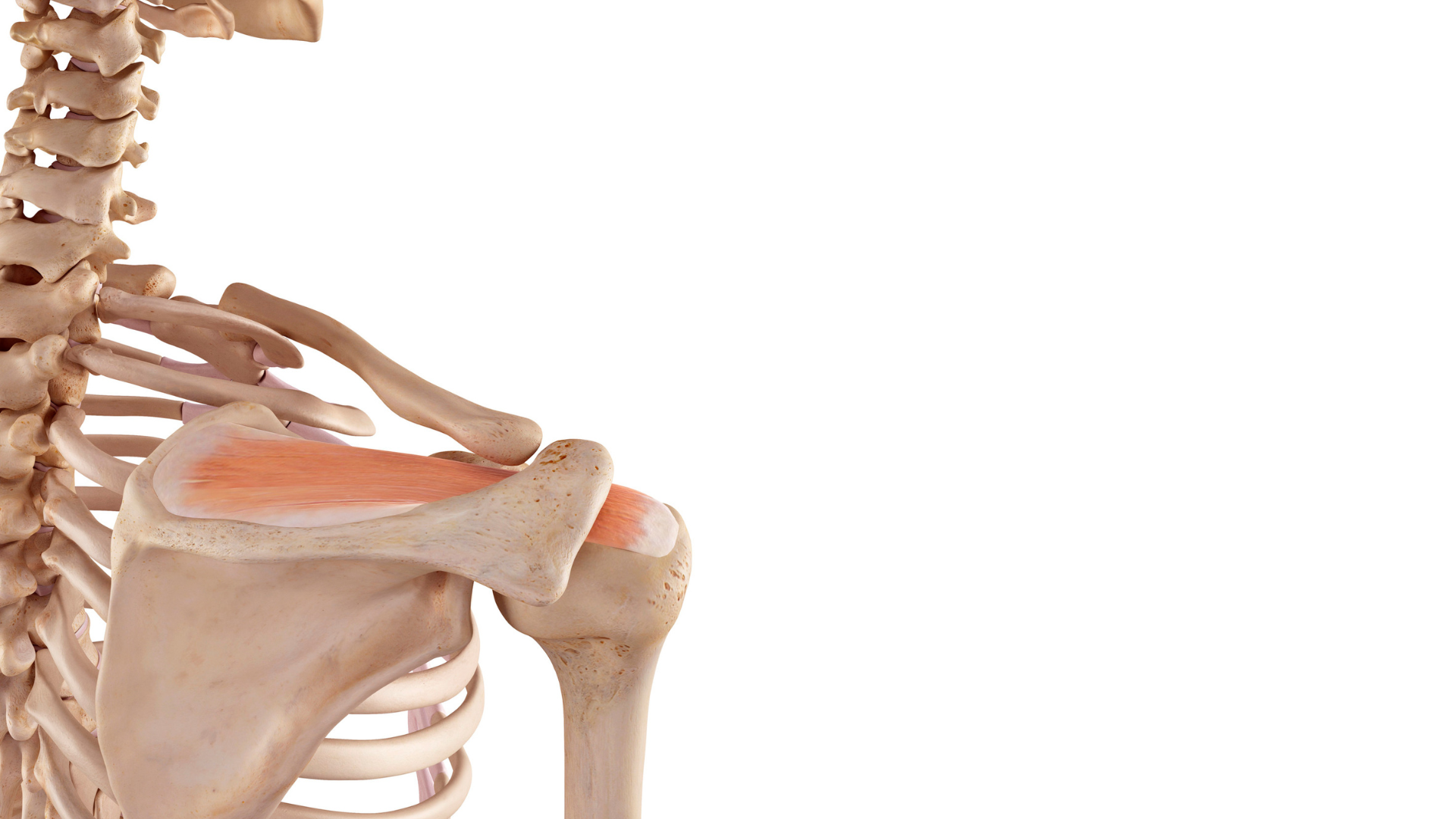The shoulder joint, also known as the shoulder, is a ball-and-socket joint that allows for a wide range of motion, including flexion, extension, abduction, adduction, and rotation.
It is formed by the head of the humerus (upper arm bone) and the glenoid cavity of the scapula (shoulder blade). The contact surface of these two bones is further increased by the presence of articular cartilage, which provides stability to the joint.
Another important component is the rotator cuff. This is a complex of tendons from four muscles that have their attachments on the head of the humerus and are responsible for proper shoulder joint movement. The tendon of the long head of the biceps is also located within the shoulder joint.
Additionally, all these structures are surrounded by spaces called bursae.
The complex structure of the shoulder joint and its wide range of motion make it susceptible to injuries caused by overuse, degeneration, and traumatic damage to its structures.
Shoulder pain can be classified as acute or chronic, depending on its duration and underlying cause. Acute pain is usually the result of recent injury or an ongoing inflammatory condition and requires immediate medical attention. Chronic pain, which is more common, is characterized by a gradual deterioration of joint function, decreased range of motion, and worsening pain during sleep.
Diagnosis
The most important aspect of the diagnostic process is the clinical examination, during which the doctor assesses the range of motion and stability of the joint and performs specialized tests to determine the function of specific structures.
Based on the patient’s history and physical examination, the doctor may decide to order additional tests such as X-rays, ultrasound, magnetic resonance imaging (MRI), or computed tomography (CT) scans.
Treatment
The choice of treatment, whether conservative or surgical, depends on the type and severity of the pathology.
Conservative treatment typically involves pharmacotherapy and regular rehabilitation to manage pain and improve joint function.
Surgical treatment often involves minimally invasive arthroscopic procedures, which allow for the repair of joint structures without extensive surgical incisions.
Each of the methods mentioned above can be complemented by the use of regenerative medicine therapies to stimulate tissue regeneration.
In some cases, outpatient treatment using ultrasound guidance may be used for minor procedures, particularly for common conditions such as calcification within the rotator cuff tendons.
In the case of worsening degenerative changes, significant degeneration of joint surfaces and structures, and lack of improvement after long-term conservative and minimally invasive surgical treatments, total shoulder replacement surgery may be recommended. This surgery involves replacing the damaged joint surfaces, resulting in improved range of motion, restored joint function, and relief of pain.
Shoulder Rehabilitation
Rehabilitation is a crucial component of conservative treatment. Regular collaboration with a physiotherapist helps to increase range of motion and muscle strength, directly contributing to improved joint functionality. In many cases, successful rehabilitation can delay or, in some cases, avoid the need for surgery altogether.
It is important to note that rehabilitation is an essential part of the recovery process after shoulder surgery. Each patient undergoes a consultation with a physiotherapist, resulting in the individualized selection of therapy based on the specific condition and patient’s expectations.
At MIRAI, our team includes specialists in shoulder rehabilitation who can provide customized treatment plans tailored to each patient’s needs and goals
Welcome!







